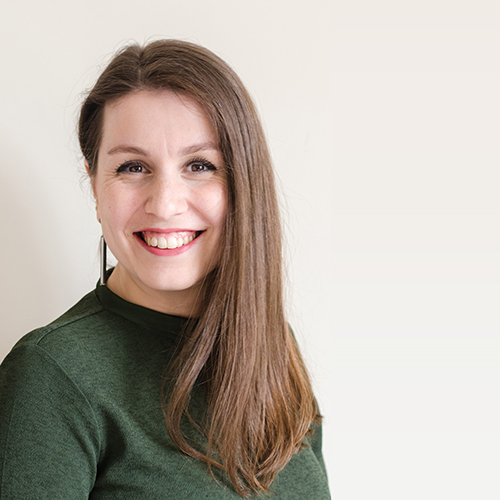Key details
Dr Ioanna Stamataki
Senior Lecturer in Civil Engineering
Dr Ioanna Stamataki joined the University of Greenwich in July 2021. Prior to joining the School of Engineering, she worked at the University of Bath as a Lecturer (Teaching) and as a consultant modelling specialist at Edenvale Young Associates.
Ioanna received her MEng Civil Engineering from the University of Bath in 2014 and she continued into completing successfully a PhD in 2020 at the University of Bath entitled “Experimental and numerical investigation of flash floods and their interaction with urban settlements”. Following this, Ioanna worked a Research Associate in the HYDRIC BATH Project and investigated and assessed the utility of documentary evidence of past flood events with contemporary flood risk assessments in Bath.
Further to her teaching and research positions, Ioanna led and contributed to various outreach activities and participated in several initiatives for disseminating research to the general public around the topic of flooding.
Ioanna’s main research interest lie in the analysis and modelling of extreme events such as flash floods through laboratory experiments and CFD modelling.
Responsibilities within the university
Module coordinator
CIVI1131 – Water Engineering, Level 6 (Year 3 BEng). Standard double term (15 credit units)
CIVI1163 - Surveying and CAD
Awards
2022 Nomination for Star of the Future Award – University of Greenwich
2021 Challenge Price – “China-UK Bilateral Workshop on Coastal Zone Disaster Early Warning and Mitigation Under Extreme Weather”
2021 Challenge Price – “Indonesia-UK Workshop on reduction of climate change impact on flood risk in urban areas”
2021 Nomination Mary Tasker Award – University of Bath
2018 Challenge Price – “Water-Wise Cities and Smart Water Systems”
2016 Institution of Civil Engineer ICE Awards - Edenvale Young Associates
Research / Scholarly interests
Dr Stamataki’s research expertise and interests span a range of themes associated with extreme events and the experimental and numerical modelling of flash floods. More specifically her research interests focus on:
- Flash floods
- Flood risk analysis
- Hydraulic modelling/CFD Modelling
- Extreme events
- Laboratory experiments
Key funded projects
- Bridge hydraulics during historical flood events: the case of Old Bridge and Churchill Bridge in the City of Bath. Funding Body: The Civil and Environmental Research Group (REF QR 2021-2022), University of Greenwich. Role: Primary Investigator, 2021-2022.
Summary: The project is based on the City of Bath, a world-heritage site with a long and complex history of flooding. Through laboratory experiments the project aims to analyse the effect of two different bridges on flood levels. The hydraulic performance of both bridges will be evaluated during different flood events and a basic structural analysis will be performed to analyse the loads on the bridge during the flood events. - Public Engagement Initiator Fund. Funding body: University of Bath. Role: Primary Investigator, 2020-2021.
Summary: The grant aimed to put together an Augmented Reality Sandbox for active visualizations. This enabled to build an AR Sandbox within the Department which will allowed the project to be embraced by the Department’s academics and to be used for teaching demonstrations and public engagement activities. - Mobilising Historical Flood Data in Support of Modern Flood Risk Assessments: the City of Bath. Funding body: The Leverhulme Trust. Role: Research Associate, University of Bath, 2019 – 2020.
Summary: The project aimed to investigate and assess the utility of documentary evidence (e.g. newspaper articles, policy briefings, photographs, schematics) of past flood events within contemporary flood risk assessments. A thorough archive search resulted in the recollection of data on the spatial distribution of past flood events and in the reconstruction of the flood policy history of the City of Bath. The findings fed into the development of hydraulic models representing historical changes in the channels and hydraulic structures of the River Avon. The hydraulic models translate flow into water levels, making use of the documentary evidence and historical data collected through the archive search. The propagation of errors occurring during this modelling process was captured in a series of novel, advanced statistical models.
The focus of the research was to prove whether it is worth the additional effort required to translate the documentary evidence of past flood events into a useful format for modern assessments. The augmented data series created from these efforts allowed for an assessment of long-terms trends or shifts in flood risk.
